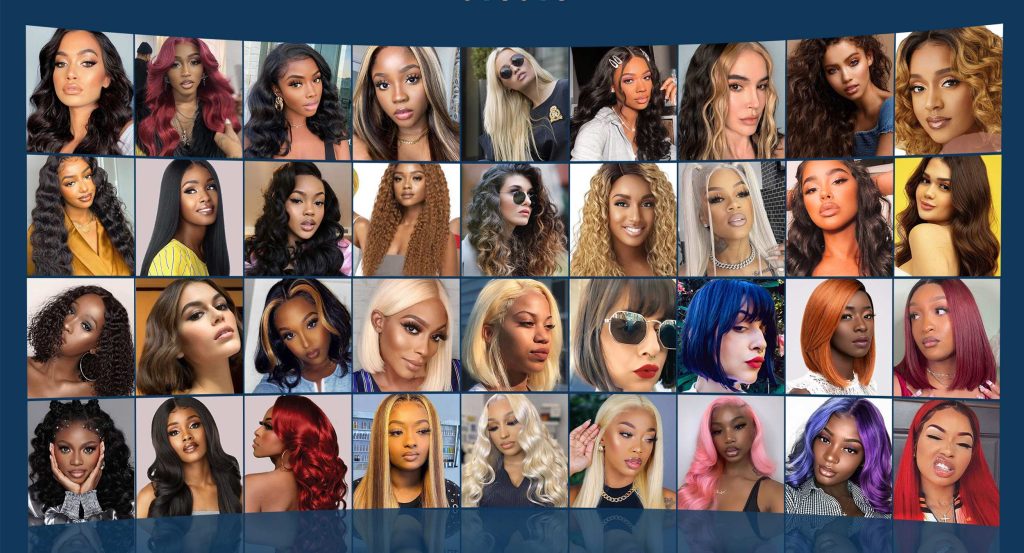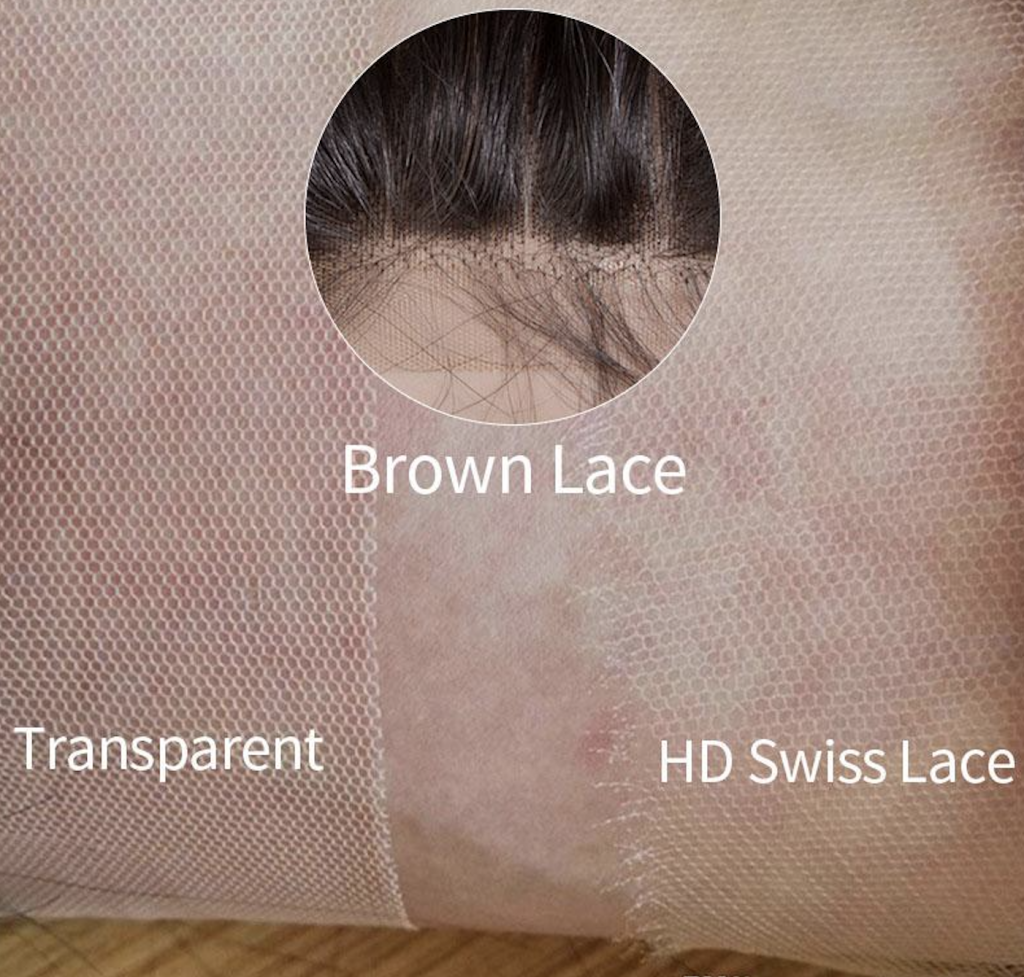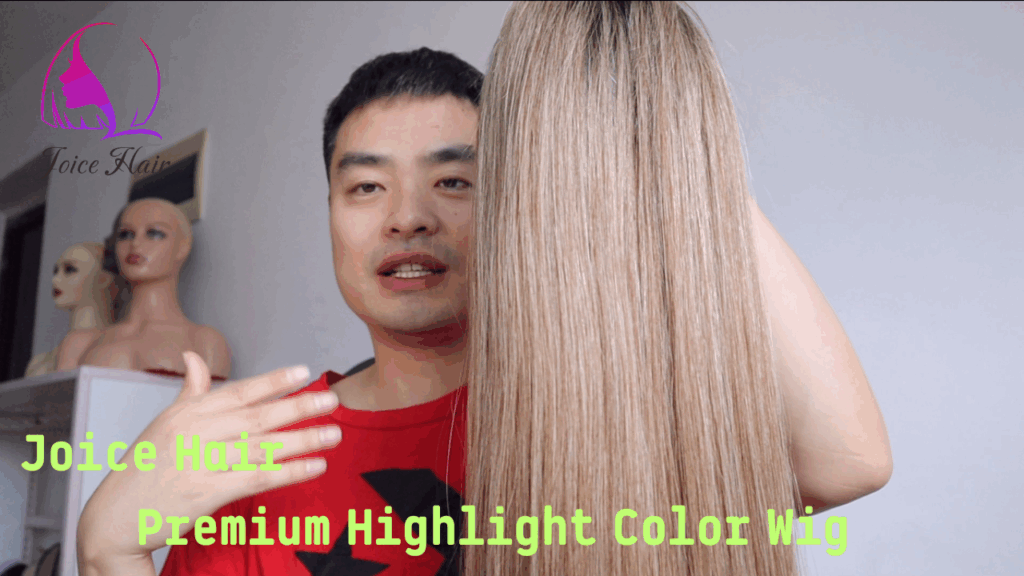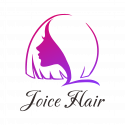
The demand for hair extensions, wigs, and premium human hair is booming, making 2025 the ideal time to step into this thriving industry.
Whether you’re a student, a stay-at-home parent, a beauty enthusiast, or an aspiring entrepreneur, the best part is that no prior experience is required to get started. With the right vendor, thoughtful planning, and a willingness to learn, you can build a successful hair business from the ground up—even if you don’t have a background in salons or an existing customer base.
This guide will take you through every step of launching your own hair business in 2025. From selecting the perfect products and crafting a standout brand to making your first sales, it’s designed to empower beginners to confidently enter and thrive in the beauty industry.
Why Start a Hair Business?
Starting a hair business in 2025 is an exciting opportunity to enter a thriving, high-demand industry. The global haircare market is expanding rapidly, fueled by growing consumer interest in quality products and personalized solutions. From hair extensions and wigs to natural hair care products, the potential for profit is substantial.
A hair business also offers flexibility and creative freedom, letting you tailor your products to specific niches or target audiences. With the rise of e-commerce, reaching a global customer base has never been easier—no physical storefront required.
Moreover, the beauty industry remains resilient, with consumers consistently investing in products that enhance their confidence and appearance. For aspiring entrepreneurs, this is a rewarding and lucrative path to explore.
How Much Can a Hair Business Earn?
The profitability of a hair business depends on various factors, with earnings typically ranging from a few thousand dollars per month to well into six figures annually.
Key drivers of success include the quality of hair products, competitive pricing, effective marketing strategies, and the size of the target market. Businesses that focus on premium offerings, such as virgin hair extensions or custom wigs, often enjoy higher profit margins due to their value and demand.
Leveraging online platforms and social media can significantly expand reach and boost sales by connecting with a broader audience. Additionally, location plays a crucial role—regions with strong demand for hair products generally see higher revenues.
Achieving success in the hair industry requires consistent effort, strategic planning, and a deep understanding of customer needs. With the right approach, the earning potential can be substantial.
How to Start a Successful Hair Business in 2025 with No Experience
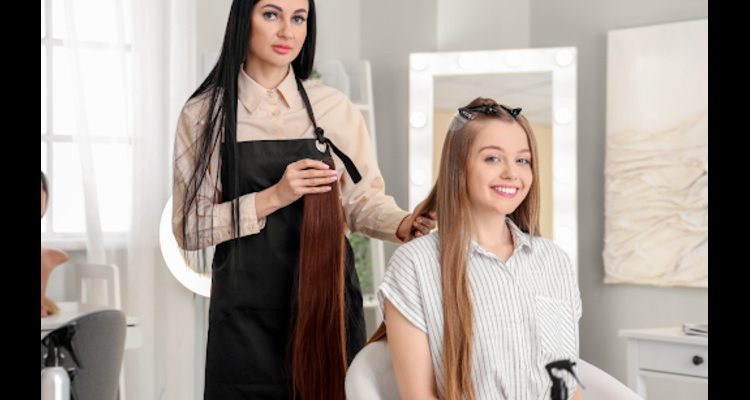
Now you have a basic understanding of the hair industry and its potential, you may be wondering how to start a successful hair business in 2025 with no prior experience. Here are some steps to guide you on your journey to success:
Step 1: Understand the Hair Industry Landscape
Before launching your business, it’s important to know what you’re stepping into.
The Hair Industry in 2025
- Estimated Market Size: Over $10 billion globally and growing
- Top Products: Bundles, closures, wigs, halo hair extensions, and bulk hair
- Consumer Base: Women (and men) of all ages seeking natural, stylish, and protective hairstyles
- Profit Potential: High markups—many products can be sold for 2–3x the wholesale price
This is a recession-resistant industry with strong repeat-buy potential. People always want to feel confident and look good.
Step 2: Choose the Type of Hair Products You Want to Sell
When starting a business, focus on a few product categories instead of offering everything. Concentrating on 1–3 categories helps you build a strong niche and establish your brand.
Beginner-friendly options include bundles (straight, wavy, or curly), wigs (lace front, full lace, or glueless), and closures or frontals to pair with bundles. Other choices like bulk hair for braiding, halo extensions, and clip-ins or tape-ins cater to diverse needs.
To succeed, choose products that fit your target audience. For example, professionals seeking easy styling may prefer ready-to-wear wigs or beginner-friendly halo extensions. By understanding your customers’ preferences, you can offer products that match their lifestyle, building satisfaction and loyalty. Focusing on the right selection is key to a strong business foundation.
Step 3: Step: Choose a Vendor That Supports You—Like Joice Hair
The best hair vendors don’t just sell you products—they help you grow. Here’s what to look for:
- Consistent Quality – Joice Hair provides 100% human hair with rich textures and long-lasting durability.
- Beginner-Friendly Support – Need help choosing textures or learning how to price bundles? Joice Hair’s team guides you every step of the way.
- Low Minimum Orders – Test the waters without spending thousands. Perfect for first-timers.
- Fast, Reliable Shipping – No delays. Your hair arrives on time, ready to sell.
- Transparency & Trust – From sourcing to delivery, Joice Hair is open about everything—so you can focus on growing your business, not worrying about supplier issues.
Starting a business is hard. But choosing a vendor shouldn’t be. Let Joice Hair be the foundation of your success.
Step 4: Name and Register Your Hair Business
Your brand name is the first impression you make, so choose wisely.
What Makes a Good Name?
- Short, catchy, and easy to spell
- Reflects your audience or vibe (e.g., luxury, glam, natural)
- Available domain and Instagram handle
Once you pick a name:
- Register your business (LLC, sole proprietorship, etc.)
- Get an EIN number for taxes
- Open a business bank account
- Secure a matching domain (e.g., www.glamseamless.com)
These steps give you a legal foundation and make you look professional from the start.
Step 5: Create Your Brand Identity

A strong brand is crucial for standing out, even as a new business. Start by designing key elements like a logo—tools like Canva make this easy, or consider hiring a freelancer on platforms like Fiverr.
Next, establish a cohesive color palette with 2–3 complementary shades, and craft a memorable tagline that captures your essence, such as “Your Crown, Your Rules.”
Don’t underestimate the power of thoughtful packaging. Small touches like custom stickers or satin bags can significantly enhance your product’s appeal. Focus on these foundational elements to build your brand, refining and evolving it as your business grows.
Step 6: Build an Online Store (No Tech Skills Needed)
You don’t need to hire a developer to create a beautiful website. Use easy platforms like:
- Shopify – Best for selling products
- Wix or Squarespace – Great for service-based businesses or simple stores
What Your Store Needs:
- Product pages with photos, prices, and descriptions
- Secure checkout system
- Shipping policy and return info
- “About” page to tell your story
- Contact form or email
💡 Joice Hair’s website (joicehair.com) is a good example of clean product presentation and branding.
Step 7: Set Your Prices for Profit
You want to price your products high enough to make a profit, but low enough to attract customers.
Example:
- Cost of bundle from vendor: $45
- Sell for: $95–$120
- Profit: $50–$75 per item
Don’t forget to factor in:
- Shipping costs
- Packaging
- Website fees
- Transaction fees
As you grow, you can introduce bundle deals or loyalty programs.
Step 8: Craft Stunning Product Photos and Compelling Descriptions
High-quality product photos are vital for driving sales and showcasing your offerings effectively.
If you don’t own a camera, consider using vendor-provided images (with permission) or customer photos (with consent). Alternatively, capture clear, professional-looking shots using natural lighting, your smartphone, and a mannequin to highlight your product’s features.
When writing product descriptions, focus on key attributes such as texture, origin, and length. Enhance their appeal by including styling tips or noting if the product is dyeable or can be straightened.
Incorporate relevant keywords like “raw human hair” or “halo hair extensions” to improve SEO and boost conversions. Thoughtful visuals and detailed descriptions work together to present your product in the best possible light.
Step 9: Start Marketing—Even Before Launch

You don’t need to wait until your website is ready. Start building hype on social media as soon as possible.
Platforms to Focus On:
- Instagram – Daily posts, reels, before/after photos
- TikTok – Product demos, behind-the-scenes, packaging videos
- Facebook – Good for local sales or groups
- Pinterest – Great for saving styles and inspiration
Post 1–2 times a day, use hashtags (#hairextensions, #halohair, #rawhair), and engage with followers.
💡 Don’t forget to add your store link to your bio when you go live!
Step 10: Make Your First Sales
You don’t need thousands of followers to get your first order. Here’s how to start:
- Offer samples to friends or hairstylists for feedback and photos
- Give a discount to your first 10 customers
- Ask satisfied buyers to post about your product and tag you
- Use Instagram DMs to reach out to interested people directly
Be prepared to answer questions like:
- “Is it 100% human hair?”
- “Can I straighten it?”
- “Do you offer bulk discounts?”
Great customer service = more repeat buyers.
Step 11: Learn As You Go
Starting out, it’s important to remember that you won’t have all the answers right away—and that’s perfectly fine.
To improve quickly, begin by joining hair vendor Facebook groups to connect with others in the industry and gain valuable insights. Watching YouTube tutorials focused on hair business tips and following industry leaders on social media can also provide guidance and inspiration as you navigate this journey.
Additionally, track which products sell well and which don’t, and regularly seek feedback from your customers to understand their needs. By consistently testing, listening, and refining your approach, you’ll build both confidence and success in your business over time.
Mistakes To Avoid When Starting a Hair Business

Starting a hair business can be exciting and rewarding, but avoiding common mistakes is key to success. Here are some to watch out for:
- Neglecting market research: Research your market before launching. Understand your audience, their needs, and competitors. Without this, you risk blending into the crowd or missing customer demands.
- No clear brand identity: Your brand is more than a logo—it’s who you are. Without a clear identity, customers may struggle to connect with your products.
- Poor product quality: In beauty, bad quality leads to failure fast. Focus on quality control and use great ingredients to keep customers happy.
- Ignoring customer feedback: Customers drive your business. Ignoring their feedback means missing out on valuable insights and loyalty.
- Weak marketing strategy: A great product isn’t enough if no one knows about it. Build a solid marketing plan to reach your audience.
- Bad financial management: Poor money management can lead to failure. Track cash flow, expenses, and profits to stay on track.
- Lack of innovation: Stagnation kills businesses. Keep innovating and adapting to trends and customer needs to stay competitive.
By avoiding these mistakes, you’ll set a strong foundation for your hair business, positioning it for long-term success. Stay informed, adaptable, and committed to delivering excellence!
Joice Hair: Your Trusted Partner for Hair Business Success
Starting a hair business from the ground up is no small feat, and choosing the right supplier is one of the most critical decisions you’ll face.
That’s why countless entrepreneurs and stylists trust Joice Hair as their premier source for premium human hair products. At Joice Hair, you’re not just getting a vendor—you’re gaining a dedicated partner in your business journey.
From top-quality bulk hair and halo hair extensions to ready-to-ship products, Joice Hair provides everything you need to launch your business with confidence and affordability.
FAQs
How do I create a business plan for a beauty business?
Start by writing a clear business plan that includes your business concept, company description, executive summary, business structure, and how you’ll attract potential customers and repeat clients.
Can I sell online without owning a salon?
Yes, many salon owners and hair stylists now sell online. Make sure your website is user friendly, supports Apple Pay, and includes details about services offered, business name, and email marketing.
What should I know before hiring employees or working with other businesses?
Understand your liability protection, manage inventory properly, and get tax advice. You can also build relationships with other businesses and use referral programs to attract new clients.
How can I advertise my new salon and gain new customers?
Use social media posts, paid ads, and advertising to reach your target audience. Focus on customer experience, avoid hidden fees, and follow the latest trends to stand out from many salons.
Conclusion
Starting a hair business in 2025—even without prior experience—is not only achievable, it’s more accessible than ever.
You don’t need a salon, an extensive social media following, or a business degree. What you do need is a solid plan, a reliable vendor, and the determination to get started.
Ready to take the leap? Explore Joice Hair for premium products like halo extensions, bulk hair, and more to support your journey into the beauty industry. Your future in beauty begins today. Are you ready to make it happen?

